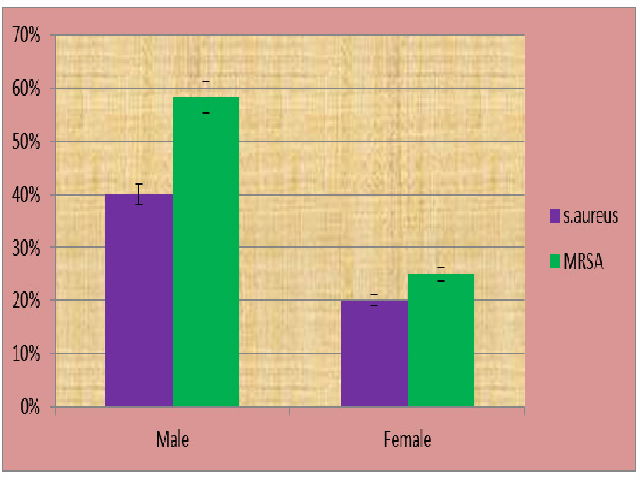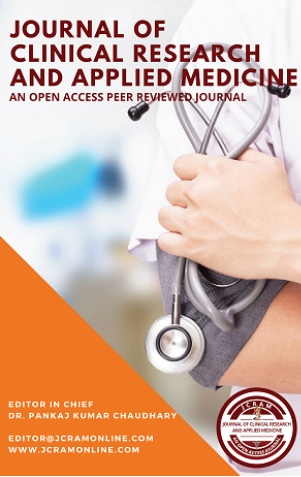Prevalence and Antimicrobial Susceptibility Pattern of Methicillin Resistant Staphylococcus aureus From Healthcare And Community Associated Sources
DOI:
https://doi.org/10.5530/jcram.2.4.16Keywords:
Infection, Hospital acquired (HA), Community acquired (CA), Resistance.Abstract
Introduction: Staphylococci are Gram-positive bacteria with diameter of 1 μm. Staphylococcus aureus is a versatile human pathogen responsible for nosocomial and community-associated infections which is associated with high morbidity and mortality. MRSA (also known as Mercer) is a bacterium responsible for several infections in humans that are difficult to treat. The study aimed at screening of microbial flora on mobile phones to find out the prevalence and antimicrobial susceptibility pattern of methicillin resistant Staphylococcus aureus. Materials and Methods: The present study was carried out in the Department of Medical Microbiology, NIMS Medical College and Hospital, NIMS University, Jaipur during the period of January 2014-June 2014. Results: The present study showed males prevalence of MRSA than Females. MRSA was seen among the age group 21-40 years. Maximum MRSA were obtained from pus/wound samples 12 (66.6%). The present study showed higher prevalence rate of MRSA from Doctors mobile phones. Higher prevalence rate of MRSA 58.8% in Hospital associated as compared to community associated sources 40%. HA(MRSA) showed highest resistance to penicillin 100%. The present study showed 35% MDR MRSA in HA. CA(MRSA) showed higher resistance to penicillin and ciprofloxacin 100%. HA and CAMRSA showed vancomycin and Linezolid 0% resistance. Conclusion: The study showed a higher prevalence of MRSA in HA as compared to CA sources and indicated high risk of infection in individual exposed to hospital environment. Thus, there is a need to screen individuals in hospitals for risk exposure and infection, to avoid outbreak and cross infection. There is a need of taking good Infection control measures and suggested that microbiological surveillance and monitoring of susceptibility patterns of MRSA may also help in arresting the spread of infections.

Downloads
Published
How to Cite
Issue
Section
License
JCRAM and its contents are licensed under a Creative Commons Attribution-Non Commercial-No Derivs 4.0 License. Permissions beyond the scope of this license may be available with editor@jcramonline.com






